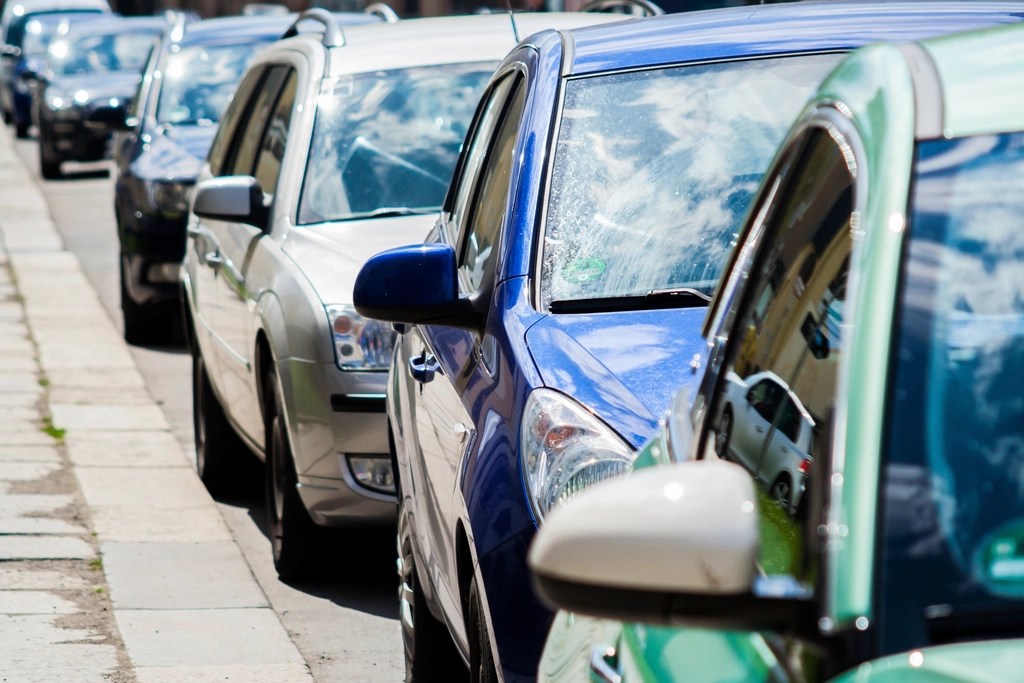
A new study from UC Berkeley confirms what EV fans already know: EV adoption does, in fact, make the air cleaner. Perhaps even more importantly, the study offers some quantifiable, granular data about how much electric vehicles are impacting emission rates in the here and now, not just in the foreseeable future.
Not that these numbers will blow you away, mind you, but still, it’s good news.
Researchers from the University of California, Berkeley, found that between 2018 and 2022, CO2 emission from all sources (industries, homes, traffic) across the San Francisco Bay Area dropped around 1.8% per year – a difference the researchers attribute to widespread EV adoption in the area. For vehicle emission rates, those numbers dropped 2.6% annually. EVs made up nearly 40% of new auto registrations in San Jose and 34% in San Francisco last year.
“We show from atmospheric measurements that adoption of electric vehicles is working, that it’s having the intended effect on CO2 emissions,” said Ronald Cohen, a University of California Berkeley chemistry professor and senior author of the study. The study was published this week in the journal Environmental Science & Technology.
Researchers were able to track that data via a network of sensors around the Bay Area that monitor both CO2 and five critical air pollutants: carbon monoxide, nitrous oxides (NO and NO2), ozone, and particulates (PM 2.5).
Top comment by Henry Ng
In ten years time, we in the Bay Area will see the direct results of EV by simply counting the number of spare-the-air days per year, and people with respiratory issues will have fewer concerns to worry about.
According to the research, by comparing the air pollution and CO2 data, the sensors help determine the emission source. The sensors are also unique in that they track CO2, which is not a pollutant regulated by the Clean Air Act and not picked up by Environmental Protection Agency sensors – the EPA of course does track CO2 but not as an air pollutant.
To get to their results, the researchers divided the emissions captured by the sensors into three categories: industry, such as refineries, which churn out a steady stream of emissions; seasonable varying emissions, like home heating and cooling; and traffic. After isolating the traffic emissions, researchers were able to link a dip traffic emissions to the rise in EVs, hybrids, and vehicles with better fuel efficiency.
While the sensors have been in place for more than a decade, it’s taken time to analyze the findings – and one could argue a while for EVs to reach a critical mass to trigger a difference. Looking at the data, the researchers also saw a drop in emissions during the pandemic.
The network of 50 sensors, set up in 2012 by Cohen, make up what’s called the Berkeley Environmental Air Quality & CO2 Network (BEACO2N), a system that has already been adopted by Providence, Rhode Island, and Glasgow, Scotland, to track their city air pollution. Around 70% of global CO2 emissions come from cities, yet few urban areas have granular data about where those emissions originate.
Another study last year, published by Keck School of Medicine at the University of Southern California, found similar results looking at emissions in California. That study tracked real-world pollution levels, electric car penetration, and emergency room visits across California between 2013 and 2019, and controlled against overall improvements in California air quality during the study period.
Electrek’s Take
Of course, any optimism is tempered by the reality that, to meet California and Bay Area carbon reduction goals, the yearly decrease needs to be much greater – twice what it is now. California has a goal to reach net-zero emissions by 2045, and Cohen says that we need emissions to drop 3.7% per year to reach that. Still, the onus isn’t only on traffic emissions. Home and industry emissions need to drop too, and making that happen requires policies.
FTC: We use income earning auto affiliate links. More.



Comments